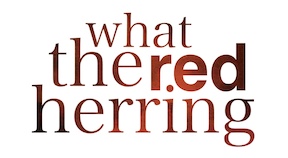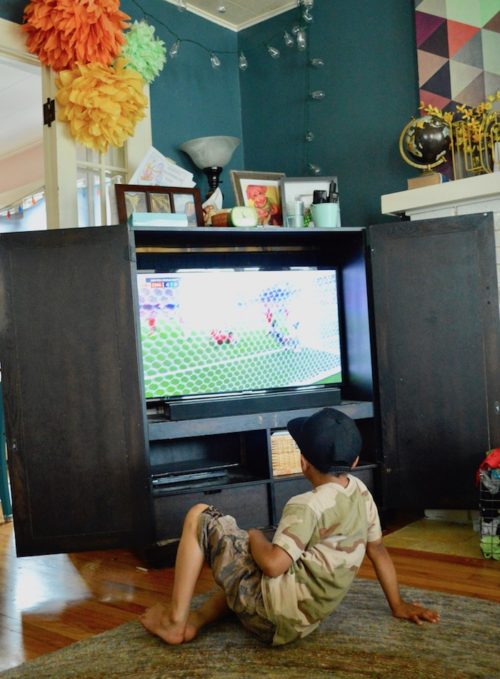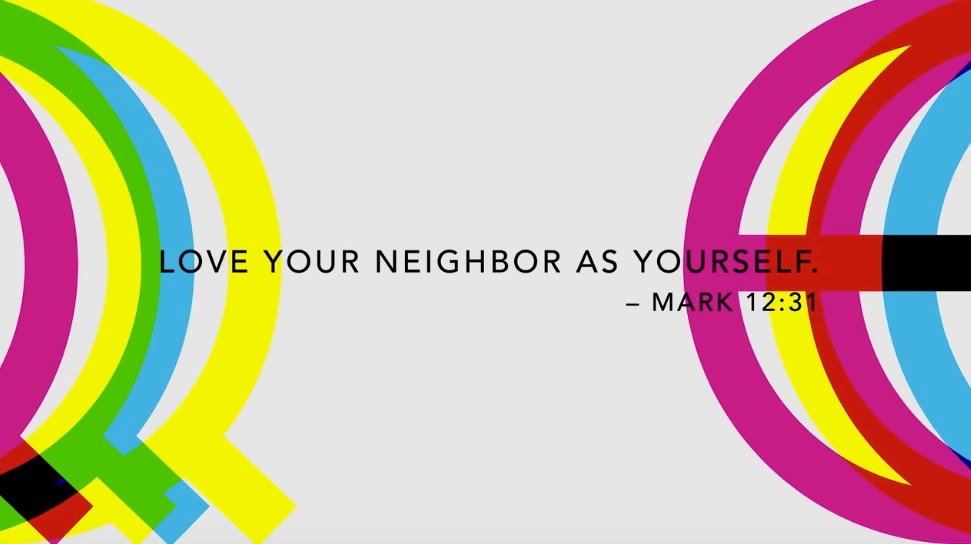I was out in front of our house wearing flowy pants and a t-shirt. I was picking up our empty recycling bins and taking them to the back of our house after garbage day.
She was a decade or two older than me and walking down the sidewalk on the other side of the street.
She smiled when she saw me, made eye contact, and said, “Hello, Love.”
I smiled back and said hello, and hauled my recycling bins back up our driveway.
It stopped me in my tracks, though. I came inside and wrote it down. “Hello, Love.” One of my kids saw it written on a scrap of paper at my work station in our kitchen and asked me about it. It was hard to articulate.
It felt like in that warm smile and two words that I had been seen and accepted without condition.
It was supposed to be a relaxing night of hanging out with the Chaplain. We’ve kept up with our evening walks. But after doing our four-mile route, I wasn’t settling down. We watched a show together. We ate ice cream. It got late.
We picked up our books, and began to read a few pages. I was still restless.
Then I read something in my book that caught my attention.
I first heard about Michael Pollan’s book, How to Change Your Mind: What the New Science of Psychedelics Teaches Us About Consciousness, Dying, Addiction, Depression, and Transcendence, on NPR’s Fresh Air podcast.
I was immediately interested.
I’ve never experimented with drugs. My dad was a pastor in a small-town community when I was growing up. When I was 16, he took me with him to a hospital visit of a woman who was dying of liver failure after a lifetime of drinking. When I saw her tiny, emaciated body in that bed, her body falling apart while she was still relatively young, it was an image that burned into my brain.
When I was in college, my favorite cousin was visiting our family on Long Island one summer. During that stay, the family went to the beach. She and I were doing our own thing. We wandered down the beach, talking to one another and enjoying the summer freedom and sea breezes.
As we walked, we came across a pick-up soccer game in the sand. The players had pulled up garbage cans to use as goals. Some of the players noticed us and smiled, gesturing for us to join them.
We hesitated.
Today at lunch, I sat down with my lettuce wrap – strawberries, sunflower seeds, and the kind of fresh, CSA lettuce that my kids eat without dressing and then ask for seconds of – and I was going to watch another episode of Stranger Things.
If you’re familiar with the show, you’ll know why, after watching an episode yesterday, I decided I would take a break from it today. I love the 80’s vibe, but content is pretty intense. The Billy character is the spitting image, down to the red lips, wide blue eyes, long lashes, and wavy hair, of a young man I knew as a child. Watching the show is like time travel. But watching it every day feels like a bit much.
Today, I wanted something different, and for some reason, the Netflix original Queer Eye Season Two caught my eye. I never watched Season One. I didn’t watch the original version, either. I didn’t even really know what it was about.
When the show opened to the strains of “Amazing Grace,” my interest was piqued, but I was also pretty cautious. What point was the show trying to make? Where were they going with this?







